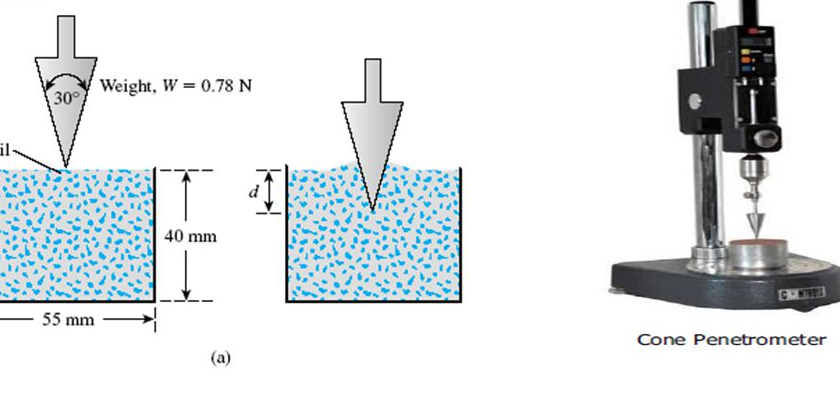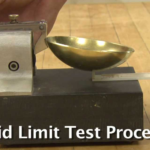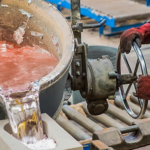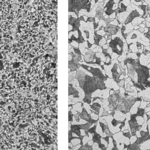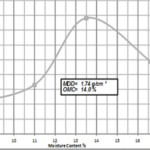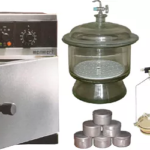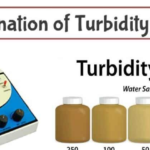Introduction
The Fall Cone Test, also called the cone penetrometer test is an alternate to the Casagrande method for measuring the Liquid Limit of a soil sample. It is often preferred to the Casagrande method because it is more repeatable and less variable with different operators. Thus, the fall cone method is said to eliminate most of the drawbacks of the Casagrande method, and results in improved accuracy and repeatability.
Click Here to Learn the Casagrande Method
Objective(s) of the Experiment
This test is carried out to determine the liquid limit and plastic limit of a soil sample using the fall cone method
Procedures
Liquid Limit
In this test the liquid limit is defined as the moisture content at which a standard cone of apex angle 30° and weight of 0.78 N (80gf) will penetrate a distance d = 20 mm in 5 seconds when allowed to drop from a position of point contact with the soil surface (Figure 1). Due to the difficulty in achieving the liquid limit from a single test, four or more tests can be conducted at various moisture contents to determine the fall cone penetration, d.

A semi-logarithmic graph is be plotted with moisture content (w) versus cone penetration d. The plot results in a straight line. The moisture content corresponding to d = 20 mm is the liquid limit as shown in Figure 2.

Plastic Limit
As in the case of liquid limit determination, the fall cone method can be used to obtain the plastic limit. This can be achieved by using a cone of similar geometry but with a mass of 2.35 N (240gf). Three to four tests at varying moisture contents of soil are conducted, and the corresponding cone penetrations (d) are determined. The moisture content corresponding to a cone penetration of d = 20 mm is the plastic limit.
Discussion and Conclusion
- The fall cone method does not result in a significantly faster testing turn-around time than is possible with the Casagrande method.
- The fall cone apparatus is slightly easier to maintain in correct adjustment than the Casagrande apparatus.
- Both the fall cone method and the Casagrande method are sensitive to equipment manufacturing variations. The fall cone method appears to be less sensitive to these variations than the Casagrande method.
- The fall cone method yields more reproducible results than the Casagrande method.
- The fall cone method allows a liquid limit determination to be made on certain low plasticity soils which cannot be tested using the Casagrande method.
- The fall cone method is less operator sensitive than the Casagrande method.
- It might be possible to correlate the plastic limit with some penetration value using the fall cone apparatus.
- Use of the fall cone method has the potential to enhance understanding of soil shear strength near the liquid limit.
References
- Das, B.M.and Sobhan, K. (2014). “Principles of Geotechnical Engineering Eighth Edition, SI”
- Wikipedia “Fall Cone Test”. http://en.wikipedia.org/wiki/Fall_Cone_Test.html Assessed on February 28, 2018.
- Campbell, D.A. and Blackford, J.W. (1984). “Cone Method Used to Determine the Liquid Limit of Soil”. Geotechnical Branch Division of Research and Laboratory Services Engineering and Research Center Denver, Colorado.
